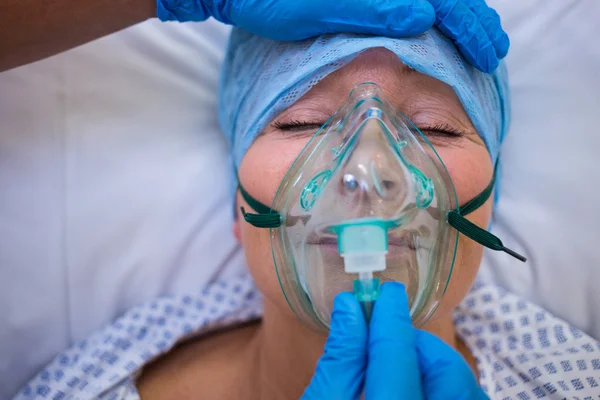
Oxygen therapy is a medical treatment that involves delivering supplemental oxygen to patients who have difficulty breathing or who have low oxygen levels in their blood. It is crucial for treating conditions such as respiratory diseases, heart conditions, and other medical emergencies where adequate oxygenation is essential for patient health and recovery.
Oxygen therapy is a medical intervention that provides additional oxygen to patients who require higher oxygen levels than what is available in ambient air. It is administered using various delivery systems, such as nasal cannulas, oxygen masks, and ventilators, depending on the patient’s needs and the severity of their condition.
During oxygen therapy, the following steps typically occur:
© 2023-2025 Blue Water Urgent Care. All Rights Reserved. Made With Love by Ignite Marketing Agency.